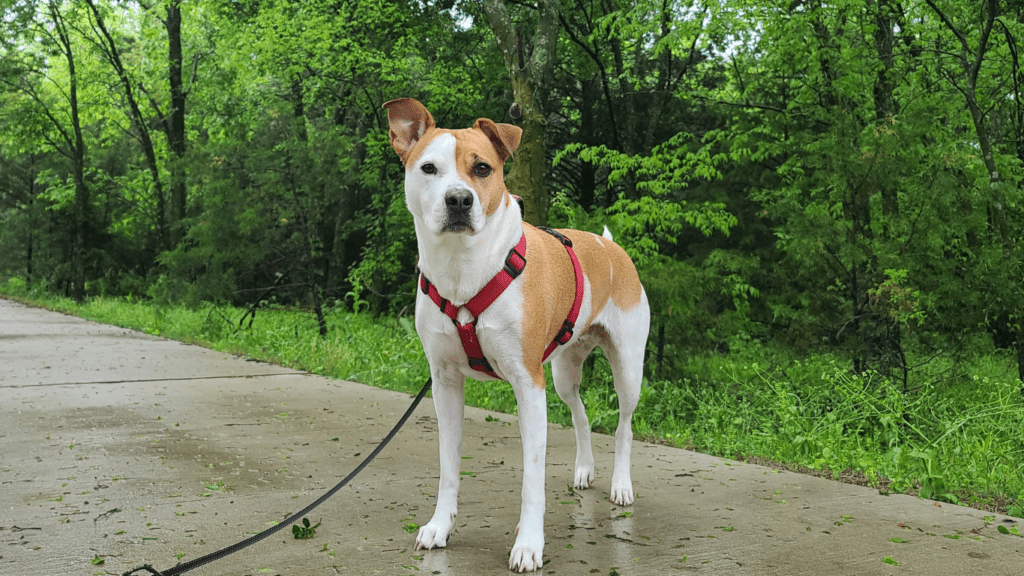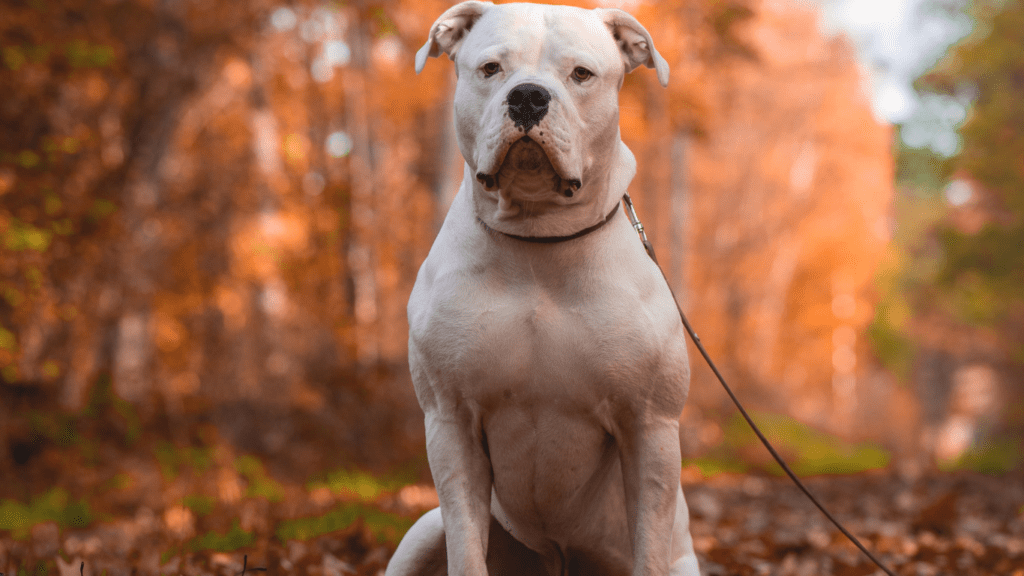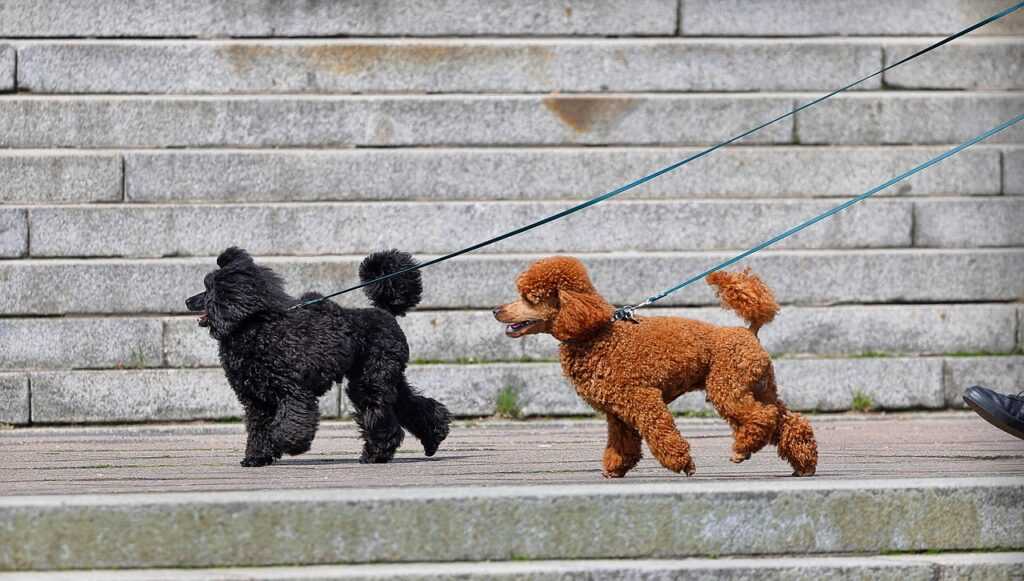Understanding the Basics of Leash Training
Leash training involves familiarizing your pet with the leash and harness, then gradually teaching them to walk comfortably beside you. It’s essential to start the process in a calm, distraction-free environment. This sets a positive tone for your pet, making them more receptive to learning.
Choosing the Right Equipment
Start with a well-fitted harness and a sturdy leash. Avoid retractable leashes as they can encourage pulling. The harness should be snug but not tight, with space for two fingers between it and your pet’s body. Proper equipment ensures your pet’s comfort and safety during training.
Introducing the Leash and Harness
Let your pet sniff and explore the leash and harness. Allow them to wear the harness around the house, gradually increasing the time. Praise and reward them with treats to create positive associations. This step helps your pet become comfortable with the new gear.
Encouraging Positive Behavior
Reinforce calm behavior by rewarding your pet when they stay close to you during walks. Use treats and praise to motivate them. If your pet starts pulling, stop walking and call them back. Resume walking when they return to your side. Consistency and positive reinforcement are key in this phase.
Establishing a Routine
Practice short, frequent training sessions. Gradually increase the duration as your pet becomes more comfortable. Set a regular walking schedule to help establish a routine. A consistent routine provides structure and helps your pet know what to expect.
Choosing the Right Equipment
Using the right equipment ensures a safe and effective leash training experience. Let’s explore how to select the best options for your pet.
Selecting a Leash
A sturdy leash provides control and safety. I recommend a standard leash that’s 4 to 6 feet long. It offers enough freedom for your pet to explore while keeping them close.
For durability, pick leashes made from nylon or leather. Avoid retractable leashes—they can teach your pet bad habits and offer less control. Reflective stitching is useful for added visibility during night walks.
Choosing a Collar or Harness
Deciding between a collar or harness depends on your pet’s size and behavior. For dogs that pull or have breathing issues, a harness is ideal. Look for a front-clip harness which discourages pulling by redirecting your pet toward you.
Ensure the harness fits snugly but allows for free movement. For smaller breeds or pets with a calm demeanor, a flat collar works well. It should fit with some space for two fingers under the collar while being secure. For added safety, choose collars with quick-release buckles and reflective materials for visibility.
Step-by-Step Leash Training Guide

Leash training your pet involves several steps to ensure they feel comfortable and confident. Follow this detailed step-by-step guide for successful leash training.
Step 1: Getting Your Pet Comfortable with the Leash
Before putting the leash on your pet, let them sniff and explore it. Leave the leash near their toys or bed to create a positive association. Reward them with treats and praise when they show curiosity or approach the leash. This familiarization phase builds comfort and reduces stress.
Step 2: Introducing the Leash
Once your pet is comfortable, attach the leash to their harness or collar without holding it. Allow them to drag it around while being supervised. This helps them get used to the feel of the leash. If your pet seems uneasy, shorten these sessions and gradually increase their duration.
Step 3: Starting Indoors
Begin training in a quiet room free from distractions. Pick up the leash and gently call your pet to you. Use treats to encourage them to walk alongside you. Practice short sessions of 5 to 10 minutes. Consistent, positive experiences indoors lay a strong foundation for outdoor training.
Step 4: Practicing in the Yard
Once comfortable indoors, move to an enclosed yard. This semi-controlled environment provides more space and mild distractions. Continue using treats and commands to guide your pet. Reward them for walking beside you and responding to commands without pulling.
Step 5: Taking It Outside
Choose a quiet, low-traffic area for the first outdoor sessions. Gradually introduce more environments with increasing distractions. Keep sessions short, starting with 10 to 15 minutes. Always end on a positive note to build confidence and excitement for future walks.
Step 6: Reinforcing Positive Behavior
Reward your pet frequently during walks for good behavior. Use treats, praise, and affection to reinforce walking beside you without pulling. If they start pulling, stop and wait for them to return to your side before continuing. Consistency and positive reinforcement are key to long-term success.
Common Challenges and Solutions
Leash training can sometimes present several challenges. Here, I’ll address common issues and offer practical solutions to help ensure a smooth training process.
Pulling on the Leash
Pulling on the leash is a frequent problem during training. When pets pull, stop walking immediately and stand still. Resume walking only after they return to your side.
This teaches that pulling won’t speed up the walk. Use harnesses with a front clip to reduce pulling; these turn the pet back toward you when they pull.
Fear of the Leash
Fear of the leash can hinder training progress. Introduce the leash slowly and let pets sniff it. Associate the leash with positive experiences by offering treats and praise when they show curiosity. Gradually increase the time they spend wearing it indoors before moving outside.
Distractions and Excitement
Distractions and excitement are common during walks. To address this, begin training in a calm, quiet environment. Gradually introduce more distractions as the pet becomes comfortable.
Use high-value treats to redirect their attention back to you when they get distracted. Consistent training helps them stay focused despite external stimuli.
These strategies help address typical issues faced during leash training, making the process smoother and more enjoyable for both you and your pet.
Tips for Successful Leash Training
- Consistency Matters
Maintain a consistent routine to help your pet understand leash training. Practice at the same time and place each day if possible. Consistency builds familiarity, making your pet more comfortable over time.
- Use Positive Reinforcement
Reward good behavior during training sessions. Offer high-value treats such as small pieces of cooked chicken or special training treats when your pet follows commands. Positive reinforcement motivates pets to repeat desired behaviors.
- Start Indoors
Begin leash training inside your home. This controlled environment reduces distractions and anxiety. Practice walking a few steps at a time, rewarding your pet for staying beside you.
- Gradual Outdoor Introduction
Once your pet is comfortable indoors, transition to walking in the yard. This semi-controlled environment introduces outdoor elements like smells and sounds without overwhelming your pet. Gradually extend the time spent outdoors.
- Keep Sessions Short
Limit training sessions to 10-15 minutes. Short, frequent sessions prevent your pet from becoming tired or frustrated. Ending sessions on a positive note keeps your pet eager for the next one.
- Handle Distractions With Care
Control distractions like other pets or loud noises. If a distraction is inevitable, gently redirect your pet’s attention using treats or toys. This keeps the focus on training and minimizes anxiety.
- Stay Patient and Calm
Remain patient and calm during training. Pets sense your emotions, and staying relaxed helps keep your pet calm. If you feel stressed, take a break and resume later.
- Use a Front-Clip Harness
Consider using a front-clip harness. These harnesses reduce pulling and give you better control. They also provide balanced weight distribution, making walks more comfortable for your pet.
- Be Consistent With Commands
Always use the same commands during training. Common commands include “heel,” “sit,” and “stay.” Consistency helps your pet understand and obey more quickly.
- Monitor Your Pet’s Body Language
Watch for signs of stress or discomfort such as excessive panting, tail-tucking, or avoiding eye contact. If you notice any of these signs, take a step back and allow your pet to relax before continuing.
By following these tips, my pet’s leash training experience becomes more effective and enjoyable.




